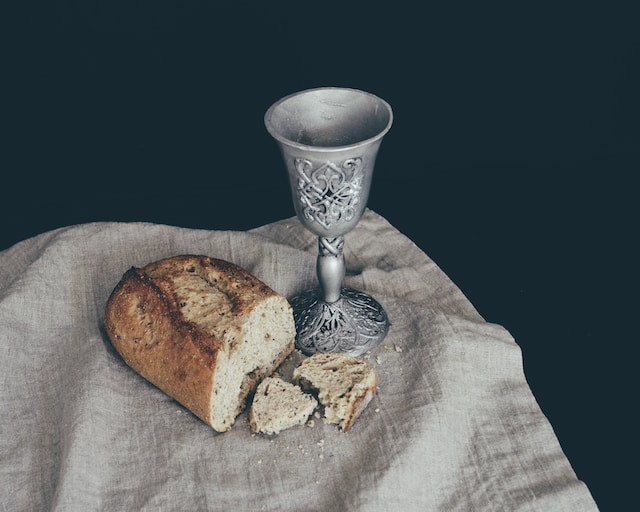
Good Friday is a significant day in the Christian calendar, observed in remembrance of the crucifixion of Jesus Christ. It is a solemn day that offers believers an opportunity to reflect on the sacrifice made by Jesus for the salvation of humanity. The observance of Good Friday involves various rituals and traditions that help deepen the understanding of this important event in Christian theology.
The Significance of Good Friday: A Day to Reflect on the Crucifixion
Good Friday holds immense significance in Christianity as it marks the crucifixion of Jesus Christ. According to the New Testament, Jesus, the son of God, was crucified on a Friday, following his arrest and trial. This day is often referred to as “good” because it symbolizes the ultimate sacrifice made by Jesus for the forgiveness of sins and the salvation of humanity. Good Friday is a time for believers to contemplate the immense suffering and pain endured by Jesus on the cross, reminding them of the depth of God’s love and mercy.
On this solemn day, Christians reflect on various aspects of the crucifixion. They contemplate the physical agony Jesus went through, from the crown of thorns placed on his head to the nails driven into his hands and feet. They also meditate on the emotional and spiritual anguish he experienced, knowing that he was willingly sacrificing himself for the redemption of mankind. This reflection on the crucifixion helps believers deepen their faith, strengthen their relationship with God, and appreciate the significance of Jesus’ sacrifice.
Rituals and Traditions: Understanding the Observance of Good Friday
The observance of Good Friday is marked by various rituals and traditions that vary across different Christian denominations and cultures. Many churches hold special services that focus on the passion and suffering of Jesus Christ. These services often include readings from the Gospel accounts of Jesus’ crucifixion, hymns, prayers, and sermons that help believers connect with the significance of the day.
Another common tradition on Good Friday is the Stations of the Cross, also known as the Via Crucis. This practice involves a series of images or representations that depict different events from Jesus’ journey to the cross. Believers move from station to station, meditating on each event and offering prayers. It is a way for Christians to walk alongside Jesus in his final moments and reflect on his immense sacrifice.
In addition, many Christians observe fasting and abstinence on Good Friday. This act of self-denial is a way to show solidarity with Jesus’ suffering and to focus on prayer and reflection. Some individuals also choose to refrain from engaging in activities that are considered joyful or celebratory. Instead, they prefer to spend the day in quiet contemplation, reading scripture, or attending religious services.
Good Friday serves as a powerful reminder of the love and sacrifice demonstrated by Jesus Christ. Through reflection and remembrance, believers are able to deepen their understanding of the crucifixion and its profound impact on humanity. The rituals and traditions associated with Good Friday provide a framework for Christians to engage in a meaningful and introspective observance of this important day. By devoting time to reflect on Jesus’ crucifixion, believers strive to strengthen their faith and live in accordance with the teachings of Christ.
